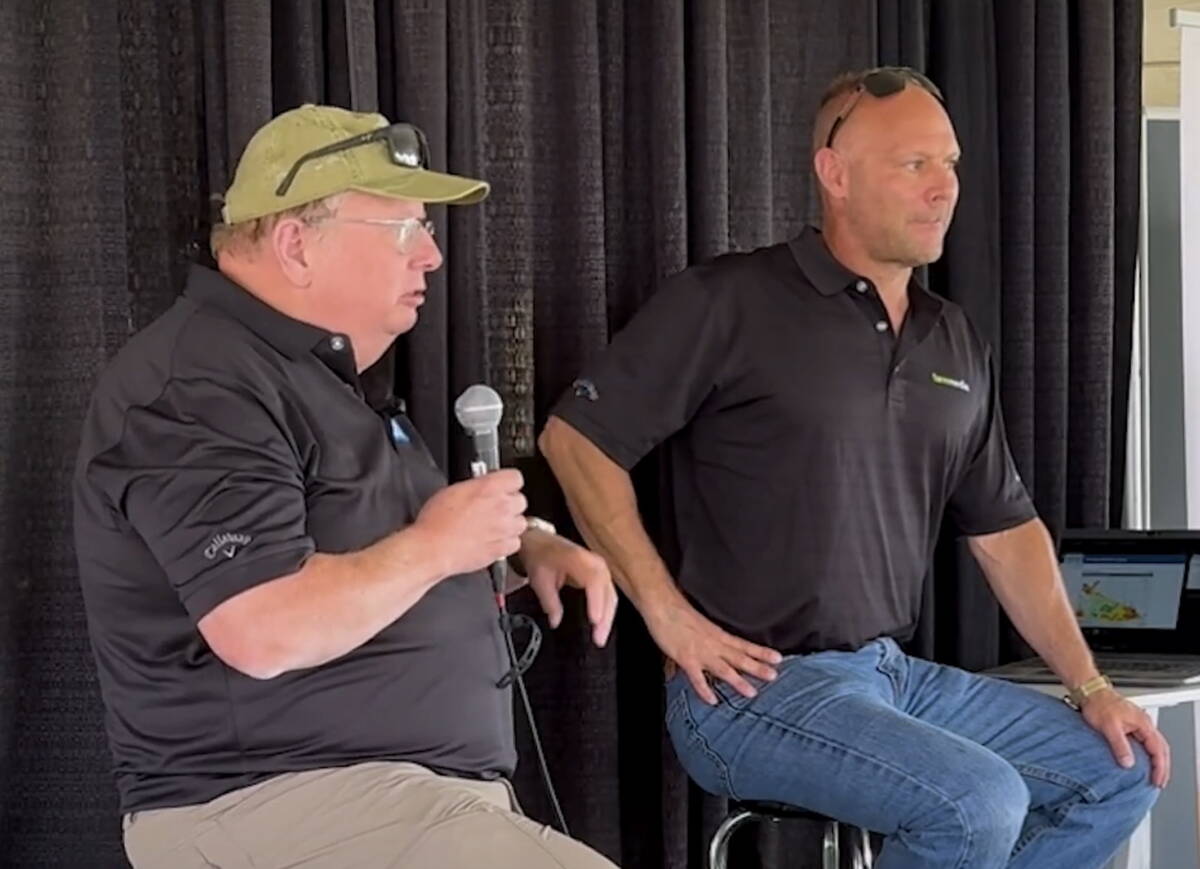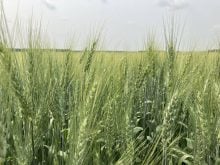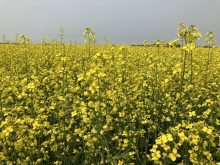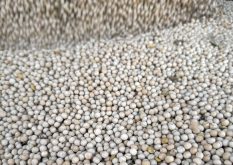On day two of Ag In Motion 2025, attendees at the Western Producer Markets Desk one beer market updates had broad questions of global geo-politics and the future of the industry on their minds.
Cattle markets analyst Jerry Klassen and grain market analyst Bruce Burnett were on hand to lend their insight and clarity to these muddy waters.
Follow all our Ag in Motion coverage here
Read Also

Drones now used to assess wildlife crop damage in Saskatchewan
Wildlife damage in Saskatchewan crops is now assessed by drones and artificial intelligence.
QOTD: Bruce Burnett
How would a U.S. war impact global grain trade and fertilizer prices?
I guess it depends on with who with. If they go into the Middle East, and I don’t think they will, because they really have very little to gain. The big concern for me would be basically a little bit on the on the export market side. We do sell a fair amount of canola and wheat into Dubai, and that’s close to the Strait of Hormuz, that that could lead to some drop in demand there.
But it’s also a very important urea fertilizer producer in the Gulf. And so that increases the price of urea. Just an announcement of the bombing of Iran urea prices jumped about $200 bucks a pound down in the states and in Brazil. So, it does have a big impact. There’s a number of things that can happen. Most of them, quite frankly, aren’t good.
QOTD: Jerry Klassen
How will cattle producers in Western Canada manage herd culling and herd liquidations in the coming months? Will they dump feeders or bred cows? What’s the future of the cattle business?
Drought in some areas will definitely be a factor, but I’m hearing from auction marts they’ve got quite a few dispersal sales coming up, even in good areas.
It’s going to be a bit different, I think. In the past couple years, buyers would pick up a cow-calf pair, split them, sell the cow and fatten the calf. Now cow-calf prices are very steep – around $7,000 a pair. People buying an expensive cow-calf pair, or bred heifers, I think they’re planning to keep them.
A big challenge in the cattle sector is demographics, and in a lot of areas, the younger generation isn’t interested in cattle — but not in all areas. For example in Alberta, there the region all along the base of the mountains, in the foothills, all the way up into the Peace, where you basically can’t do anything else. People forget that Western Canada’s largest crop is really grass and pasture. Like a grain farm, these operations see multigenerational transfers, where ranches pass from one generation to the next. When herds are dispersed, they’re going to generally be bought up by other producers.
So we’re turning the corner on the calf crop. The first quarter of 2026 is expected to be the lowest production of this cycle, and remember, a small change in supply has a big effect on price.
Check out One beer market updates live from Ag In Motion 2025 – Day One here.
















